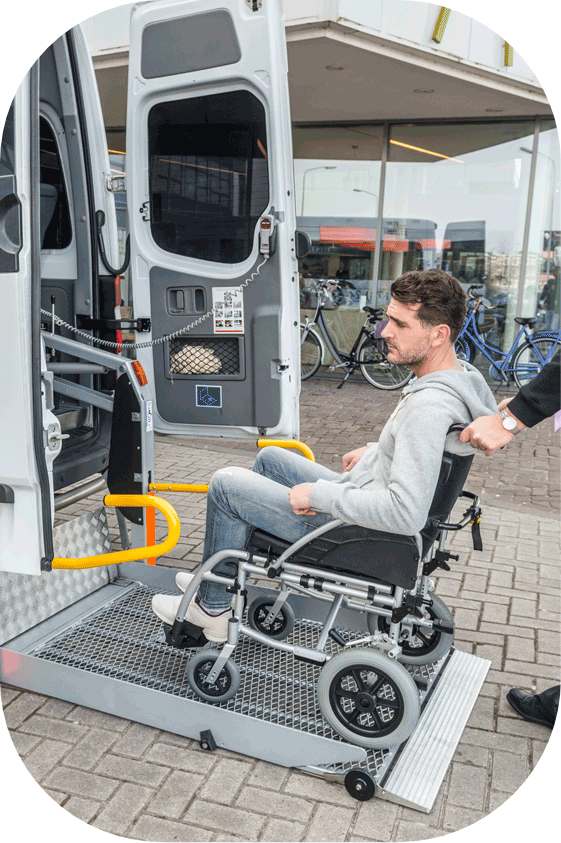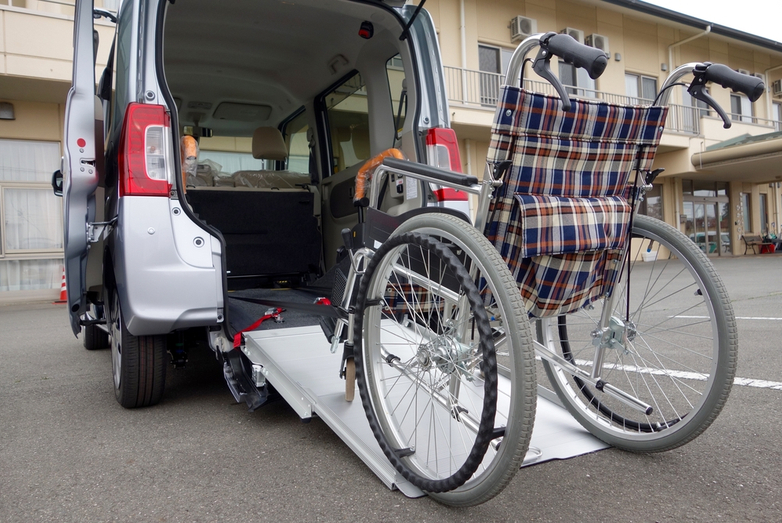Budget-friendly and Accessible Medical Transportation Options for each Circumstance
In the realm of healthcare, the capability to gain access to clinical solutions is paramount, yet the challenge of budget friendly and accessible transport can typically prevent individuals from getting essential care. By exploring specialized clinical transportation services, community transportation programs, ride-sharing and taxi services, non-emergency clinical transport, as well as public transit and paratransit options, individuals can find opportunities that cater to their particular needs and ensure they receive the care they require.
Specialized Medical Transportation Provider
Specialized clinical transport solutions play an essential duty in making certain secure and effective transport for people calling for specialized treatment throughout transit. These services satisfy individuals with distinct clinical requirements, such as those needing constant surveillance, specific equipment, or clinical interventions during transportation. By using specially complete vehicles and experienced medical employees, specialized medical transportation services make certain that clients obtain the required treatment while being carried in between health care facilities, homes, or various other locations.
One secret element of specific clinical transport services is the concentrate on person convenience and security. Clinical transport groups are educated to handle different clinical problems and emergency situations that may occur throughout transit, offering a higher level of care than standard transport alternatives. Additionally, these services typically use door-to-door aid, reducing the tension and discomfort that individuals might experience throughout transfers.
Neighborhood Transport Programs
Having actually attended to the important duty of specific clinical transportation services in making certain risk-free and efficient transport for people with special medical demands, the focus currently shifts to checking out Community Transport Programs - medical transportation. These programs play a vital function in providing economical and accessible transportation remedies for the general populace, consisting of seniors, individuals with handicaps, and low-income households that may encounter challenges in accessing typical transportation choices
Area Transport Programs encompass a variety of services such as fixed-route buses, paratransit services, volunteer motorist programs, and ridesharing campaigns. These programs are often subsidized by city governments, charitable organizations, or personal business to make certain that individuals have trusted transportation options to get to medical visits, supermarket, social tasks, and various other important locations.
Ride-Sharing and Taxi Providers

Among the key advantages of ride-sharing and taxi services is their availability. These solutions run 24/7, enabling people to take a trip to clinical consultations, drug stores, or hospitals at any moment of the day. In addition, ride-sharing and taxi solutions accommodate individuals with mobility obstacles by using wheelchair-accessible cars upon request.
Additionally, ride-sharing and taxi solutions can be especially advantageous for individuals living in areas with limited mass transit options. By bridging the space in between home and healthcare facilities, these solutions play an essential duty in making sure that everyone has access to crucial medical solutions.
Non-Emergency Medical Transport

Non-Emergency Medical Transport carriers generally use skilled workers that are experienced in aiding individuals with varying medical needs. By providing door-to-door solution, Non-Emergency Medical Transport boosts the overall access of healthcare for people that might otherwise struggle to participate in critical medical appointments.
Public Transit and Paratransit Options
Public transportation and paratransit choices supply essential transportation solutions for individuals with varying wheelchair needs, ensuring accessibility to important destinations such as clinical facilities and consultations. Public transit systems, consisting click reference of buses, trains, and trains, provide a cost-effective and commonly available setting of transportation for people looking for to reach clinical appointments. These services are particularly helpful for those that might not have access to personal vehicles or require assistance because of mobility difficulties.
Paratransit solutions provide specifically to individuals with specials needs that are unable to utilize standard mass transit. These services provide door-to-door transportation, fitting individuals with mobility devices, pedestrians, or various other flexibility help. Paratransit vehicles are geared up with functions such as wheelchair ramps and securement systems to make sure the secure and comfy transport of travelers with differing wheelchair demands.

Final Thought
